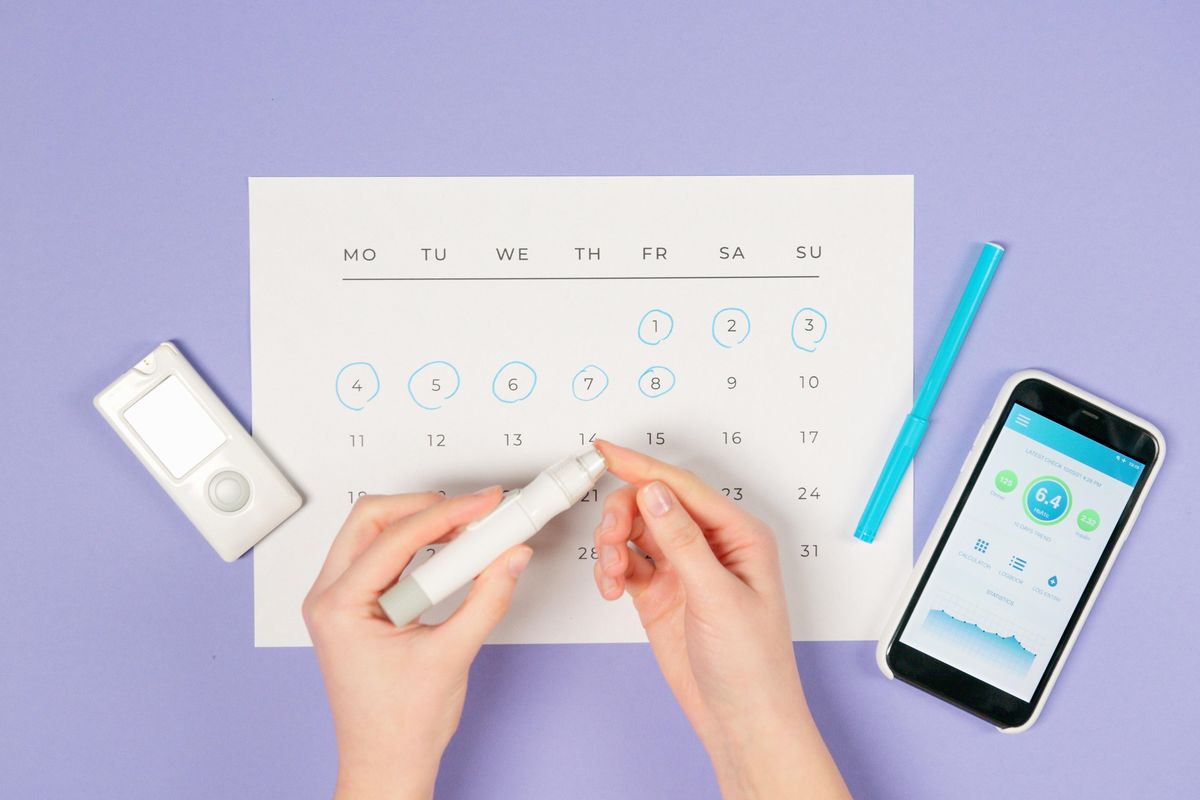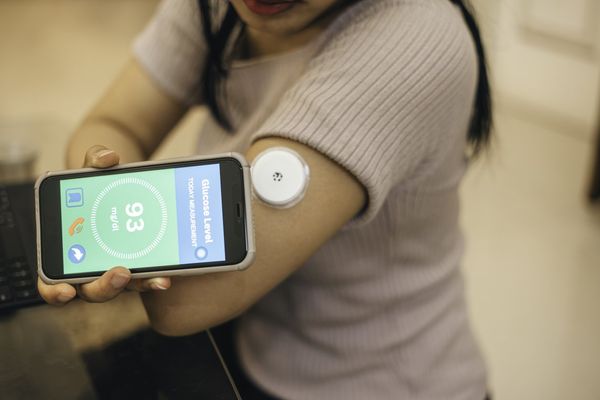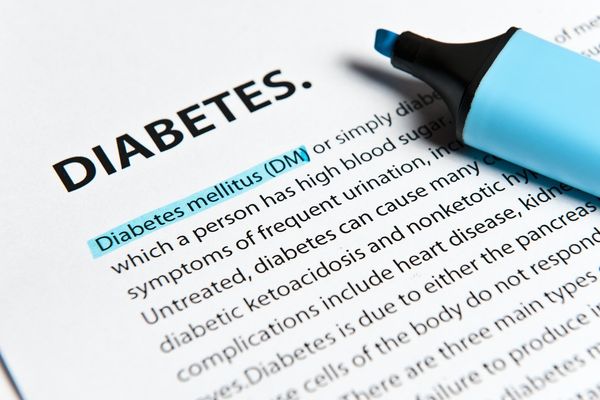Q:
I'm taking insulin now for my type 2 diabetes. I'm also very physically active. Is there anything I should know?
A:
Congratulations on being physically active! Exercise is one of the best things you can do to improve your insulin sensitivity—that is, your body's ability to use insulin. The more sensitive your cells are to insulin, the more glucose gets into your cells and the less glucose, or sugar, in your blood. There is even evidence that exercise can prevent type 2 diabetes in people with prediabetes (that is, people whose blood sugar levels are higher than normal but not at the level of having diabetes).
It sounds as if you've been exercising regularly. However, when beginning a new or more strenuous exercise routine, it is important that you are evaluated for any preexisting medical conditions. These could include heart disease, high blood pressure, nerve damage or vision problems.
Make sure you drink plenty of non-caloric beverages when exercising. If your blood sugar levels are low, exercise can cause them to drop. If you're using insulin or taking a sulfonylurea medication and your blood sugar levels are less than 100 mg/dL, eat a snack that contains at least 15 grams of carbohydrate.
It is important to check your blood sugar immediately after exercising and several hours later to make sure levels haven't dropped too low. If your blood sugar tends to drop after exercising, you can reduce your insulin dose before exercise or eat a carbohydrate snack before exercising.
Ideally, you should get at least 150 minutes a week of moderate-intensity aerobic exercise (for example, brisk walking) to help improve blood sugar control, maintain weight and reduce your risk of cardiovascular disease. You can get more bang for your buck by exercising four or more hours a week at a moderate to high-intensity level, such as brisk walking or biking. To lose weight and keep it off, aim for about seven hours a week of vigorous exercise. You should also perform some type of resistance exercise like lifting weights three times a week, targeting all major muscle groups.







